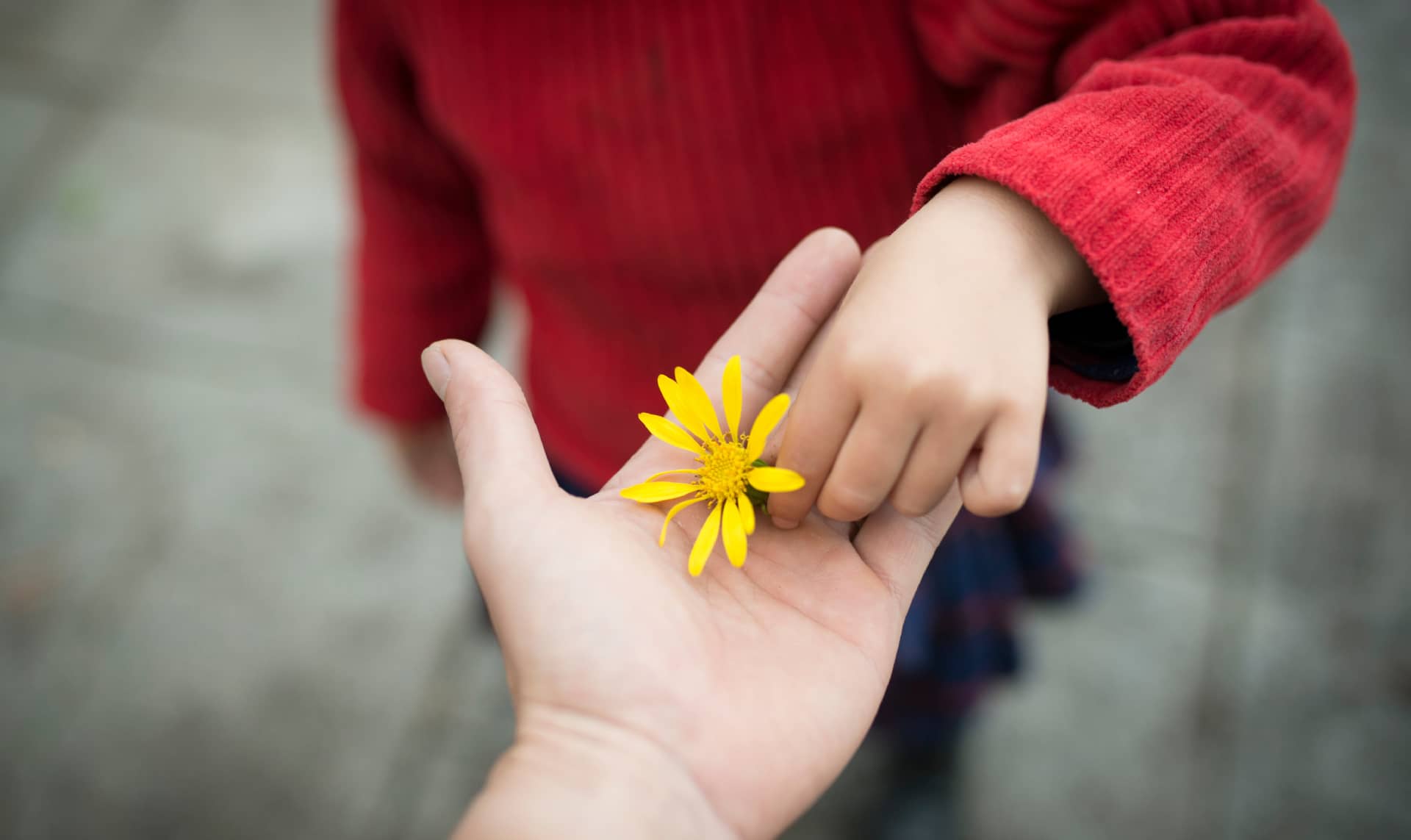Why Does Pain Sometimes Make Us Feel More Alive?
Pain can bring a strange sense of clarity. Suddenly, what you used
to avoid appears vividly: emotions flow, memories organize, priorities shift.
It’s as if pain doesn’t just break you—it reveals you. And although it’s hard,
it can feel like confirmation: “I still feel, I’m still
here, I still care.”
Pain as a Soul-Level Emergency Signal
When you've spent a long time disconnected from yourself—due to
pressure, routine, or fear—pain acts as a disruption. It breaks the autopilot.
It forces you to look inward. Sometimes, pain is the only emotion strong enough
to penetrate emotional numbness.
That’s why some people unconsciously hold onto suffering. Because as
long as it hurts, there’s contact. While it hurts, there’s proof that something
matters. This pattern often shows up in people who learned they were only seen
when they were suffering, or who experienced pain as their most intense
connection with themselves.
It’s also common among those who fear calm. When things are going
well, discomfort shows up: “Is this all there is?”,
“What if something bad happens next?”
So, reliving old wounds becomes a familiar—and even safe—way to feel
emotionally anchored.
Learn to Live Without Needing It to Hurt
Feeling deeply doesn’t have to hurt. It’s possible to live with
intensity and connection without sadness or emptiness being the only doors. The
goal isn’t to stop feeling pain when it’s warranted—but to stop needing pain to
feel connected.
In therapy, we help you identify these patterns. To tell the
difference between necessary pain and recycled pain. To build an emotionally
rich life, where there’s space for calm, joy, and pleasure—without those things
feeling fake or threatening.
If you find yourself always going back to sad memories, repeating
painful relationship dynamics, or only feeling “present” when you suffer, it’s
time to listen to what your soul is trying to say. Not to stay in the pain—but
to let it open a new path forward.



